AWS Certified Solutions Architect – Associate (SAA-C02)
The AWS Certified Solutions Architect – Associate certification validates knowledge of how to design and deploy well-architected solutions on AWS that meet customer requirements.
An updated version of the AWS Certified Solutions Architect – Associate exam (SAA-C02) will be available to take on and after March 23, 2020. Candidates may register beginning on February 25, 2020. The beta period for this updated exam ended on November 29, 2019.
The AWS Certified Solutions Architect – Associate exam (SAA-C01) will be available through July 1, 2020, which is the last day to take this version of the exam.
__________________________________________
Recommended AWS Knowledge
- 1 year of hands-on experience designing available, cost-effective, fault-tolerant, and scalable distributed systems on AWS.
- Hands-on experience using compute, networking, storage, and database AWS services.
- Hands-on experience with AWS deployment and management services.
- Ability to identify and define technical requirements for an AWS-based application.
- Ability to identify which AWS services meet a given technical requirement.
- Knowledge of recommended best practices for building secure and reliable applications on the AWS platform.
- An understanding of the basic architectural principles of building in the AWS Cloud.
- An understanding of the AWS global infrastructure.
- An understanding of network technologies as they relate to AWS.
- An understanding of security features and tools that AWS provides and how they relate to traditional services.
New & Updated Lectures
AWS Fundamentals: IAM & EC2
A deeper dive on Reserved Instances options, as well as how Spot Instances and Spot Fleets work. Finally, a word on what ENI is.
___
High Availability and Scalability: ELB & ASG
A full refresh of this section to include the latest information on CLB, ALB, and NLB, as well as clearly explain how some advanced features of ELB work. The ASG is also demonstrated to be used with Launch Templates, which are more powerful than Launch Configurations.
___
EC2 Storage — EBS & EFS
Understanding the IOPS implications of EBS volumes, as well as the IOPS implications of Instance Stores
___
RDS + Aurora + ElastiCache
A deeper dive into the differences of RDS Read Replicas as well as Multi-AZ, understanding the performance, DR, and cost implications. A deeper dive into RDS IAM Authentication. Aurora is now explored in-depth, including some newer deployment options such as Aurora Serverless & Global Databases. In ElastiCache, we do a deeper dive on Redis vs Memcached.
___
Amazon S3 Advanced
An introduction to the new storage tier Glacier Deep Archive and how S3 lifecycle rules work in depth. A deeper look at S3 performance optimizations, S3 Select & Glacier Select, S3 Lock Policies & Glacier Vault Policies
___
CloudFront & AWS Global Accelerator
A better introduction to how CloudFront works, as well as the integration of CloudFront with different backends (not just S3), the security implications, and advanced features. Finally, an introduction to a new awesome service of AWS called Global Accelerator, that will surely have a bigger place at the exam over the years.
___
AWS Storage Extras
Here, we discuss Storage Gateway, Snowball, Amazon FSx for Windows, and for Lustre, as well as a comparison of all the possible storage options on AWS (because they are many!).
___
Decoupling applications: SQS, SNS, Kinesis, Active MQ
A deeper dive at how to use an ASG with SQS, and a better way to outline the differences between Kinesis Data Streams and Firehose.
___
Serverless Overviews from a Solution Architect Perspective
I added a CRON serverless architecture, as well as updating the Lambda limit to 15 minutes in the slide. I talk about DynamoDB Global Tables and on-demand capacity. Finally, I introduce SAM to you.
___
Databases in AWS
A deeper introduction to Redshift, including the backup options and Redshift Spectrum.
___
AWS Monitoring & Audit: CloudWatch & CloudTrail
An overview of AWS Config has been added.
___
Identity and Access Management (IAM) — Advanced
This section has been remodeled and includes clearer lectures on Security Token Service (STS), Identity Federation, Cognito, AWS Directory Services, AWS Organizations, Advanced IAM concepts, AWS Resource Access Manager (RAM), and AWS Single Sign-On (SSO).
___
AWS Security & Encryption: KMS, SSM Parameter Store, CloudHSM, Shield, WAF
More security services have been included such as CloudHSM, Shield & WAF.
___
Networking — VPC
Some more updates for NAT Gateways, VPC Peering, Direct Connect, PrivateLink, ClassicLink, VPN CloudHub.
___
Disaster Recovery & Migrations
Learning how to use Database Migration Service (DMS), On-Premise Strategies with AWS, AWS DataSync, and strategies to transfer large Datasets into AWS
___
More Solution Architectures
Event Processing in AWS, Caching Strategies in AWS, Blocking an IP Address in AWS, High-Performance Computing (HPC) on AWS.
___
Other Services
CloudFormation Stack sets and ECS Security.
___
You can get the course here: https://links.datacumulus.com/aws-certified-sa-associate-coupon
Frequently Asked Questions (FAQ)
___
Is the SAA-C02 certification harder? Will this course prepare me well?
In my opinion, the SAA-C02 has increased in difficulty and covers a wider range of AWS services. This is why I have refreshed 4 hours of content and add an additional 4 hours of new content. This course will, as usual, prepare you most optimally for the exam. In case you pass the exam and find that some things were missing from this course, please reach out to me.
___
What is the exam type?
Multiple choice: Has one correct response and three incorrect responses (distractors). Multiple responses: Has two correct responses out of fie response options.
Select one or more responses that best complete the statement or answer the question. Distractors, or incorrect answers, are response options that an examinee with incomplete knowledge or skill would likely choose. However, they are generally plausible responses that fit in the content area defined by the test objective.
Unanswered questions are scored as incorrect; there is no penalty for guessing.
___
How do the Exam Results Work?
The AWS Certified Solutions Architect – Associate (SAA-C02) examination is a pass or fail the exam. The examination is scored against a minimum standard established by AWS professionals who are guided by the certification industry’s best practices and guidelines.
Your results for the examination are reported as a score from 100-1,000, with a minimum passing score of 720. Your score shows how you performed on the examination as a whole and whether or not you passed. Scaled scoring models are used to equate scores across multiple exam forms that may have slightly different difficulty levels.
Your score report contains a table of classifications of your performance at each section level. This information is designed to provide general feedback concerning your examination performance. The examination uses a compensatory scoring model, which means that you do not need to “pass” the individual sections, only the overall examination. Each section of the examination has a specific weighting, so some sections have more questions than others. The table contains general information, highlighting your strengths and weaknesses. Exercise caution when interpreting section-level feedback.
___
What is the Content Outline?

Domain 1: Design Resilient Architectures
1.1 Design a multi-tier architecture solution
1.2 Design highly available and/or fault-tolerant architectures
1.3 Design decoupling mechanisms using AWS services
1.4 Choose appropriate resilient storage
Domain 2: Design High-Performing Architectures
2.1 Identify elastic and scalable compute solutions for a workload
2.2 Select high-performing and scalable storage solutions for a workload
2.3 Select high-performing networking solutions for a workload
2.4 Choose high-performing database solutions for a workload
Domain 3: Design Secure Applications and Architectures
3.1 Design secure access to AWS resources
3.2 Design secure application tiers
3.3 Select appropriate data security options
Domain 4: Design Cost-Optimized Architectures
4.1 Identify cost-effective storage solutions
4.2 Identify cost-effective compute and database services
4.3 Design cost-optimized network architectures



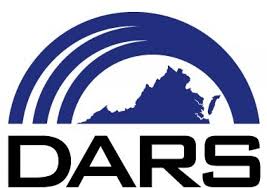


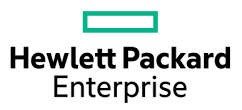







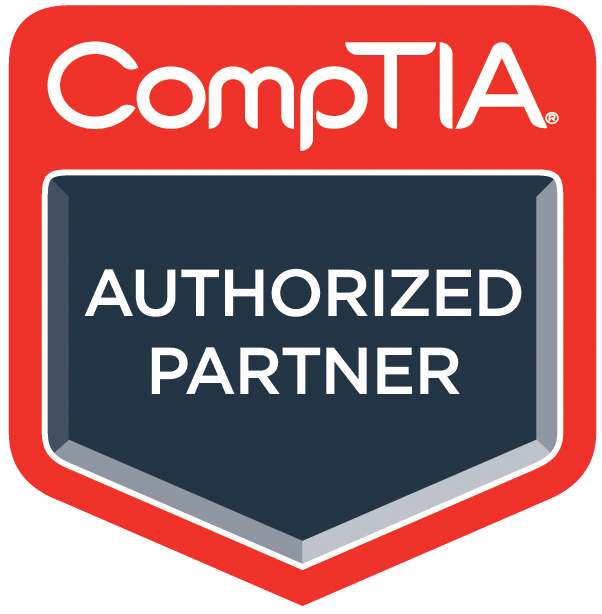




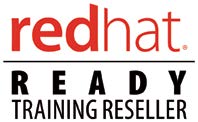

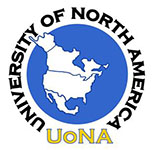

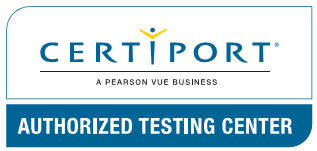



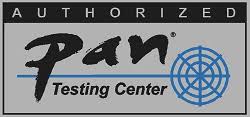
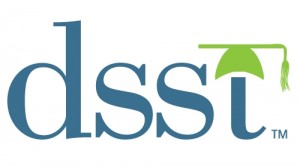
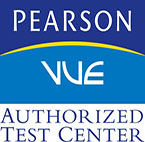
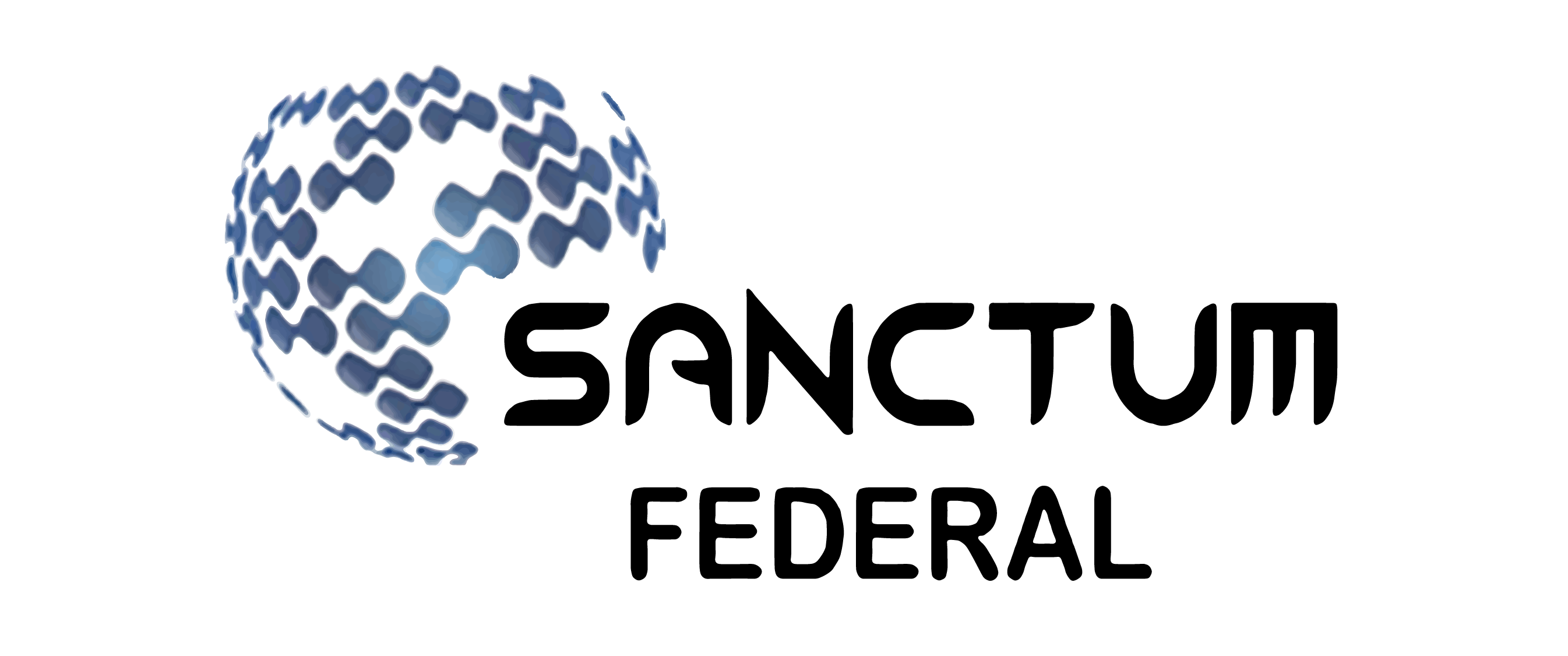

Leave a Reply
You must be logged in to post a comment.